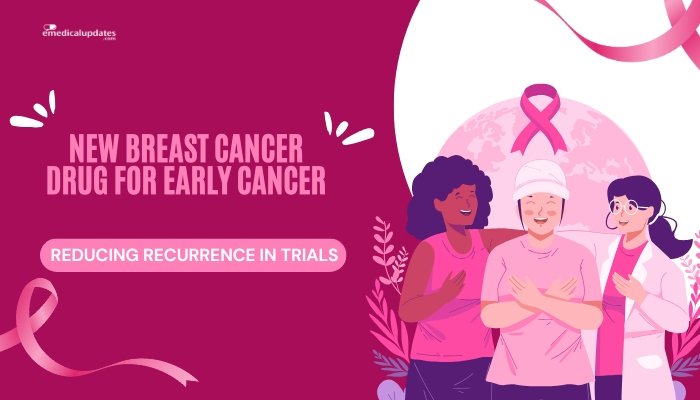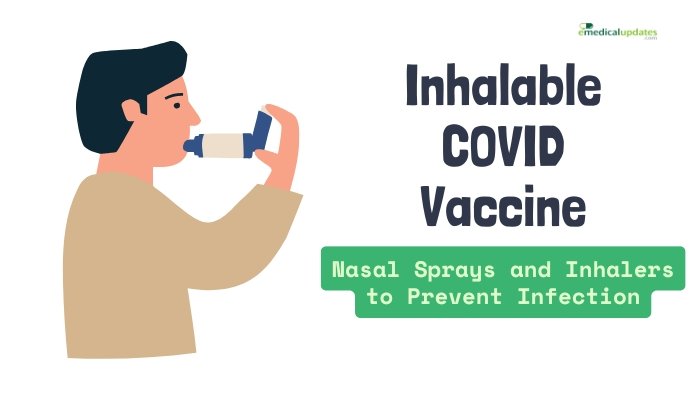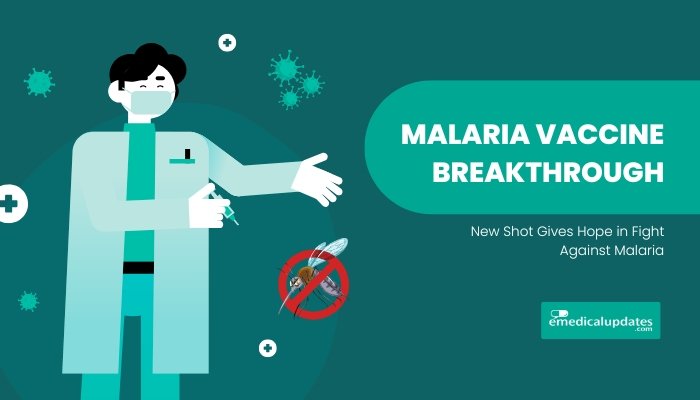Introduction
For women diagnosed with early-stage breast cancer, standard treatments—such as surgery, radiation, chemotherapy, or hormone therapy—aim to eradicate tumors and prevent spread. Yet, despite these measures, a subset of patients still face recurrence, which can be life-altering or life-threatening.
Recently, data from clinical trials have highlighted a new medication that, when added to existing regimens, lowers the risk of disease returning. This development represents a major stride toward ensuring longer disease-free intervals and, potentially, higher survival rates for those affected by early breast cancer.
In this article, we’ll explore how this drug works, the clinical trial results that undergird its effectiveness, and what it might mean for future early breast cancer care.
Context: Recurrence Risk in Early Breast Cancer
Standard Treatment Limitations
- Surgery: Lumpectomy or mastectomy can remove the primary tumor, but microscopic cancer cells may linger elsewhere.
- Adjuvant Therapies: Chemotherapy, radiation, and hormone therapy kill residual cells or block growth signals but don’t eliminate risk entirely.
- Residual Disease: Patients with aggressive tumor features (e.g., hormone receptor–positive with high proliferation, HER2-positive, or triple-negative subtypes) may remain at higher recurrence risk.
The Need for Enhanced Adjuvant Options
When aggressive biological markers (like large tumor size, nodal involvement, or high-grade histology) indicate significant recurrence risk, clinicians seek additional therapies. Over the past decade, targeted medications (e.g., HER2 inhibitors, CDK4/6 inhibitors, immune checkpoint inhibitors) have begun shifting adjuvant treatments, but more targeted approaches are necessary to close gaps.
The New Drug: Overview and Mechanism
Target Pathway
The drug in question (for example, a CDK4/6 inhibitor like abemaciclib, or a novel agent aimed at a specific receptor) works by:
- Blocking Cancer Cell Cycle Progression: In hormone receptor–positive disease, for instance, CDK4/6 inhibitors prevent the transition from the G1 to S phase of the cell cycle, impeding cancer cell proliferation.
- Enhancing Hormone Therapy: If the tumor is estrogen receptor–positive, combining the new agent with endocrine therapy can further reduce or slow recurrence.
Administration
Depending on the drug class, patients take it either orally (as daily pills) or via infusion. The therapy typically begins after completion of initial treatments (e.g., surgery, chemotherapy) to mop up residual tumor cells. Duration can last from months up to a couple of years, depending on the regimen and risk factors.
Clinical Trial Evidence
Landmark Study Results
Large randomized studies have demonstrated:
- Significant Reduction in Recurrence: Patients taking the new drug plus standard therapy had notably fewer local or distant relapses.
- Improved Invasive Disease–Free Survival: The gap between those who took it vs. control arms widened over time, pointing to robust long-term protection.
- Acceptable Safety Profile: While side effects occurred (e.g., fatigue, mild GI issues, low blood counts), the majority were manageable.
Subgroup Benefits
Higher-risk groups (e.g., those with lymph node–positive disease or high genomic risk scores) often show pronounced advantages, making the drug especially relevant for those with more aggressive early-stage cancer who need stronger adjuvant measures.
Potential Impact and Usage
Clinical Guidelines
On the heels of positive trial outcomes, national and international cancer organizations are updating guidelines. Oncologists may recommend this drug for patients who:
- Have Completed Surgery for early-stage disease but still face moderate to high risk.
- Exhibit Specific Biomarkers: e.g., hormone receptor–positive, or a particular genetic signature that correlates with higher recurrence risk.
Real-World Integration
In practice, adoption will require balancing benefits (recurrence prevention) against side effects and costs. Physicians must tailor the decision to each patient’s tumor biology, overall health, and personal preferences.
Managing Side Effects and Monitoring
Common Adverse Events
While typically well-tolerated, the drug can produce:
- Neutropenia or Low White Blood Cell Counts: Requiring blood count monitoring.
- GI Distress: Nausea, diarrhea, or decreased appetite.
- Fatigue: Usually mild to moderate.
Supportive Care Measures
- Dose Adjustments: Reductions if side effects become severe.
- Symptomatic Treatments: Anti-diarrheal or antiemetic medications.
- Regular Check-Ups: Oncologists track both tumor markers and potential toxicities, ensuring the therapy remains beneficial and safe.
The Future of Early Breast Cancer Treatment
Personalized Combinations
This new therapy could join other targeted agents to tackle different subtypes. Future trials might combine:
- Immunotherapies (e.g., checkpoint inhibitors) in triple-negative patients.
- CDK4/6 inhibitors in combination with next-generation endocrine therapies for hormone receptor–positive disease.
- Oral SERDs (selective estrogen receptor degraders) or novel biologics for more comprehensive blockade of growth signals.
Expanding Indications
While the current approval might focus on hormone receptor–positive or other subtypes, further research is exploring whether additional subtypes (like triple-negative) might benefit from the same or similar agents in adjuvant settings.
Reducing Treatment Duration
As these approaches improve efficacy, future data might consider shorter therapy durations for some patients, minimizing side effects and cost. Many studies are investigating optimal length of adjuvant therapy.
Frequently Asked Questions
- Does this new drug cure breast cancer?
- It reduces recurrence risk. While some patients may remain cancer-free long-term, “cure” usually references zero chance of relapse, which is difficult to guarantee.
- Who should consider this therapy?
- Typically those with early-stage but higher-risk disease. Oncologists review factors like tumor size, lymph node status, hormone receptor positivity, etc.
- Is it for all breast cancer subtypes?
- Often specific to hormone receptor–positive disease or certain biomarkers. Trials for triple-negative or HER2-positive subtypes may be ongoing.
- Are there alternatives if I can’t tolerate side effects?
- Standard hormone therapy, chemotherapy, or other targeted agents remain options. Oncologists tailor regimens to each patient’s tolerance.
- What about cost and insurance coverage?
- Coverage depends on guidelines and health plan policies. Many new cancer therapies see partial or full coverage, particularly after guidelines confirm their role.
Conclusion
A newly approved therapy for early-stage breast cancer stands to significantly reduce the likelihood of recurrence, especially for those with more aggressive disease features. By adding this targeted agent to existing treatment regimens, patients could enjoy longer intervals of disease-free survival, potentially shifting the overall prognosis for a considerable subset of breast cancer survivors. While side effects and cost remain non-trivial, the therapy’s arrival marks a milestone in the ongoing evolution of adjuvant care, emphasizing individualized treatment strategies rooted in molecular tumor profiles. As research intensifies around combination approaches and shorter treatment durations, patients and clinicians can anticipate even more refined therapies for securing remission—and peace of mind—after early breast cancer diagnosis.
References
-
- Slamon DJ, et al. (2021). “Adjuvant targeted therapies for early-stage breast cancer.” NEJM.
-
- Turnbull AK, et al. (2022). “CDK4/6 inhibitors in early hormone receptor–positive breast cancer: emerging data.” Lancet Oncol.
-
- Hortobagyi GN, et al. (2020). “Efficacy results of a novel agent in early-stage, high-risk breast cancer.” J Clin Oncol.
-
- ASCO (2023). “New guidelines on extended adjuvant therapies for breast cancer.”




